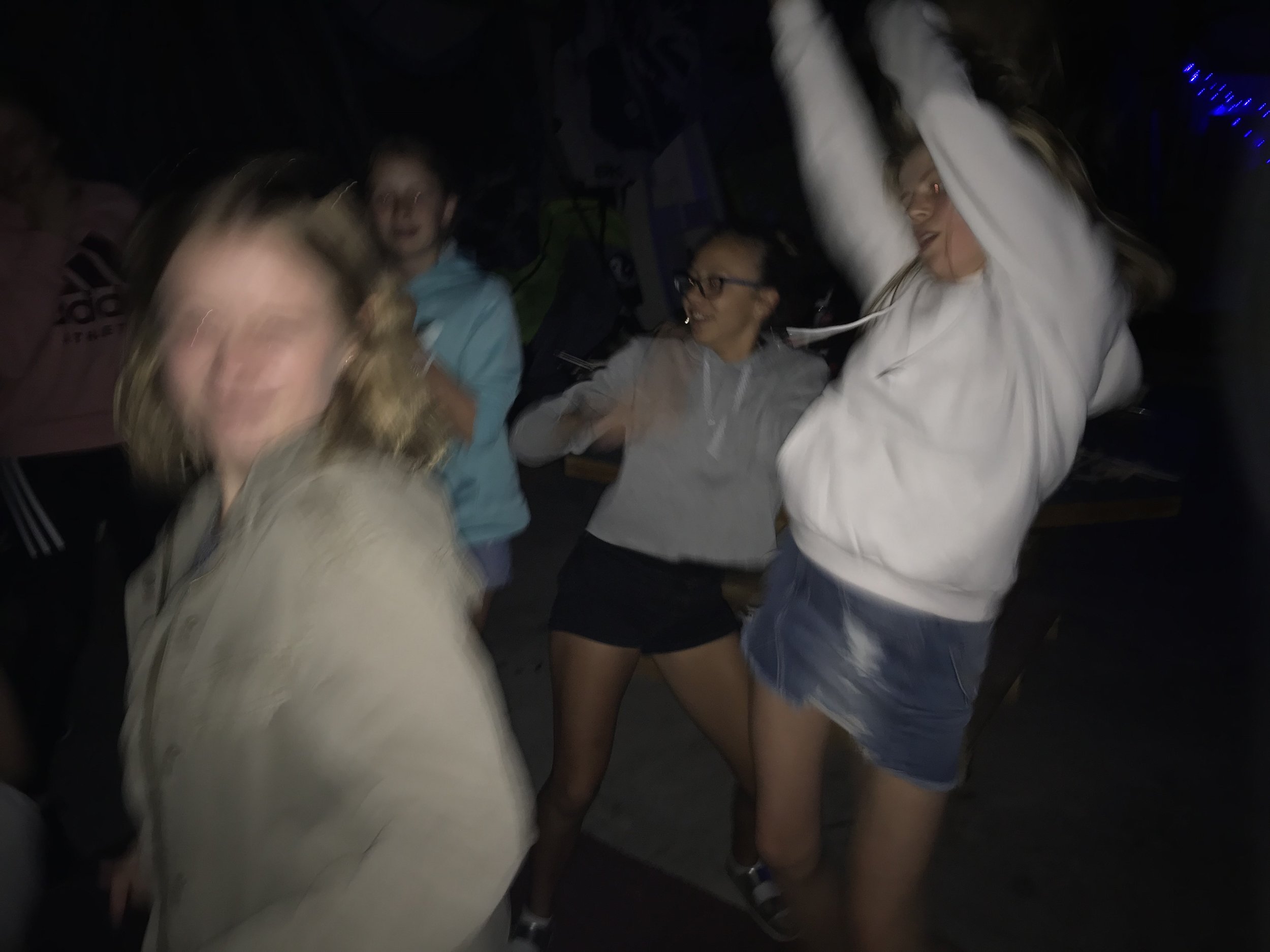I have been asked to become one of the curators of the online photographic gallery ****Contrasted Gallery on Flickr. https://www.flickr.com/groups/contrasted_gallery/pool/
Contrasted Gallery is an exhibition project founded by Manuel Diumenjó in 2007. The gallery exhibits interesting artistic pictures by photographers that post their pictures on a Flickr stream. Currently three curators share the task of finding artists and asking them if they are interested in showing their pictures in this online gallery. The curators are free to decide who they invite and which criteria they apply with regard to their choice.
So all of a sudden I find myself in the situation that I need not only to find an artist every three months who wants to exhibit his work but I also (and that is the trickier part) need to define my own criteria of quality that make me approach a photographer and ask him or her.
It is similar to my question in my last blog. What are the criteria for taking or processing a picture? In this case it is the question how I define "artistry" and "well taken" and "interesting". And honestly - I don't know. I have likings and dislikes. I have moments when a picture or a picture gallery appeals to me, speaks to me and other moments when this doesn't happen. As a decision making criteria this doesn't seem very strong.
Yes, criteria like composition and use of light I take into account. Is it a picture that tells a story? Is the whole gallery able to captivate the viewer? Am I interested in watching the next picture and discover what t is all about? Does the photographer communicate with his subjects (and if it is even on a remote and virtual basis)? Does he or she communicate with his viewers?
What I don't apply are criteria of so called "modern photography". I made once in New Zealand an experience with a gallerist that I had approached with the question if he was interested in exhibiting some of my pictures. He declined my request with the reasoning that my pictures did not exude the feel of modern photography and that it was stuck in the 80s. I pondered about this for a long time and I could really, really not find out what exactly he meant. Sure, some photography deals with the latest social and political dvelopments. The photographers that are represented by the Magnum group work that way, and they do it brilliantly. But other photography is timeless, does not refer to certain new socio-geographical developments. I have come to the conclusion that this criterium is nonsense, at least for my own decision making.
So I approach artists whose pictures "speak to me". I apply my subjective criteria. I get into an dialogue with the artist and his work. And if I am able to maintain this dialogue for a while and if the overall work communicates a message that captivates me I invite them.
I am currently working with the Brazilian photographer Zé Lobarto. Zé creates beautiful street photography where each single picture tells a story of light, lines and drama. But I don't want to ramble. I want to attract your attention to this amazing artist and make you follow this link to his Flickr stream. Yes, exactly this one. Click! https://www.flickr.com/photos/ze_lobato/
And on 10 June, when the exhibition opens I will add here the link to his work at ****Contrasted Gallery.
The first exhibition that I have curated was with pictures of the German photographer Stefan Speidel who has been living in Tokyo for the past 30 years. His strong black and white pictures of Japan and Japanese life and culture give an impression of how life shapes the view of expats who have to embrace their new environment. And external view from inside. I find it fascinating.
https://www.flickr.com/photos/rifugio_bobo
I am captivated. By them. By their work. And by choosing artists and applying my own very subjective criteria. I love it!


















